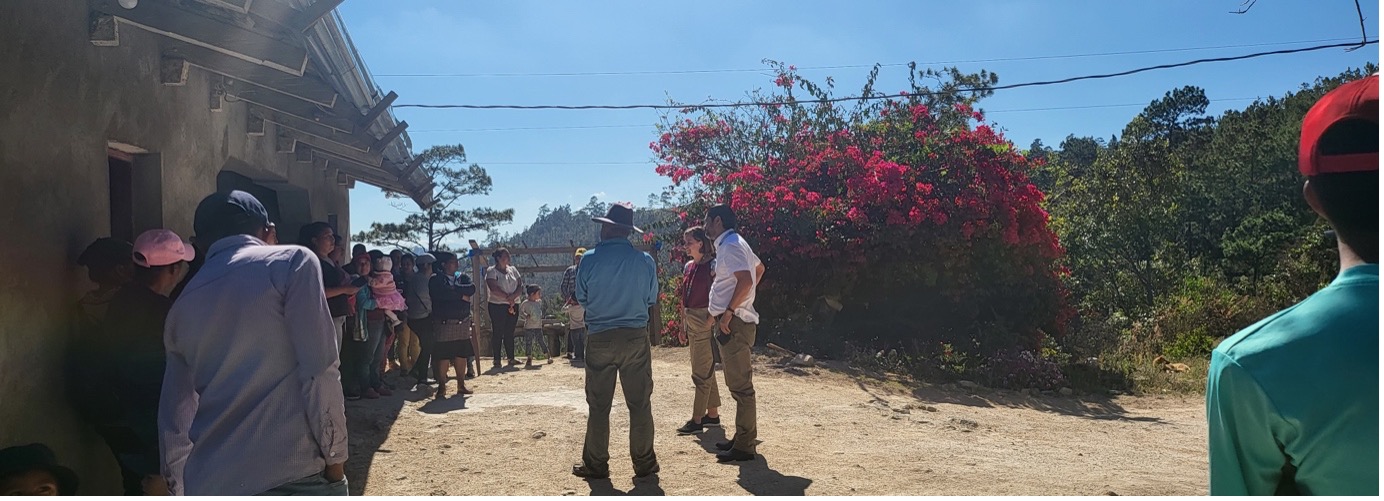As demand for fresh water grows, young researchers at the Universidad Nacional Autónoma de Honduras are working with local communities on comprehensive solutions. Photo: UNDP Honduras/Gerardo Cerrato
[UNDP]: How forests and young people are solving Honduras’s water crisis
Water shortages are common in the Honduran capital of Tegucigalpa. Last year, the head of the Honduran water and sewer authority, SANAA, described the situation as a “humanitarian crisis”. The situation remains acute and, in fact, is projected to worsen due to climate change. One model predicts that by the end of the century rainfall in Honduras will drop by 20 percent, and water availability, the rainfall that finds its way into rivers, lakes, and aquifers, by 41 percent. At the same time, there is growing demand.
How is Honduras to solve this immense and complex problem? The answer lies in restoring and conserving its forests. Here’s why!
Forests are nature’s water filters and storage systems. When rain falls, the trees and vegetation capture and absorb it, allowing it to seep into the ground, replenishing aquifers and supplying drinking water to communities and supporting agriculture.
Forests also help regulate the flow of water in rivers and streams. The roots of trees and plants hold the soil together, preventing erosion and ensuring that water flows steadily, reducing the risk of floods and droughts.
Unfortunately Honduras has seen a notable loss of forest cover over the years, with high levels of deforestation driven largely by unsustainable agriculture and illegal logging (both in return the result of poverty). On top of this, climate-related hazards such as forest fires, pests, and disease, have also been enormously damaging. It’s estimated that from 1990 to 2020, the country lost nine percent of its forest coverage.
Recognizing the associated threats posed to people, ecosystems, and the economy, Honduras has been looking closely at nature-based solutions with a heavy emphasis on social inclusion.
Earlier this year I flew to Tegucigalpa to see the work of one, financed by the global Adaptation Fund and implemented by the Ministry of Natural Resources and Environment (SERNA) with support from UNDP, in the country’s Central Forest Corridor.
What I witnessed was inspiring. Young people and women leading the way with innovation and enthusiasm, bringing in local pride and demonstrating how local knowledge provides the best way forward, not only in adapting to climate change but also in caring for their country’s natural resources.
I met these young researchers at a lab at the Universidad Nacional Autónoma de Honduras, the National Autonomous University which is key to understanding and solving the country’s water crisis.
Through the study of the “Ecology of Water” they were integrating diverse practices to better monitor water sources and quality within the Central Forest Corridor.
The lab we were standing in had been created around 10 years earlier, through an initial collaboration between the ministry and university supported by the Adaptation Fund and UNDP.
Read the full article here.



